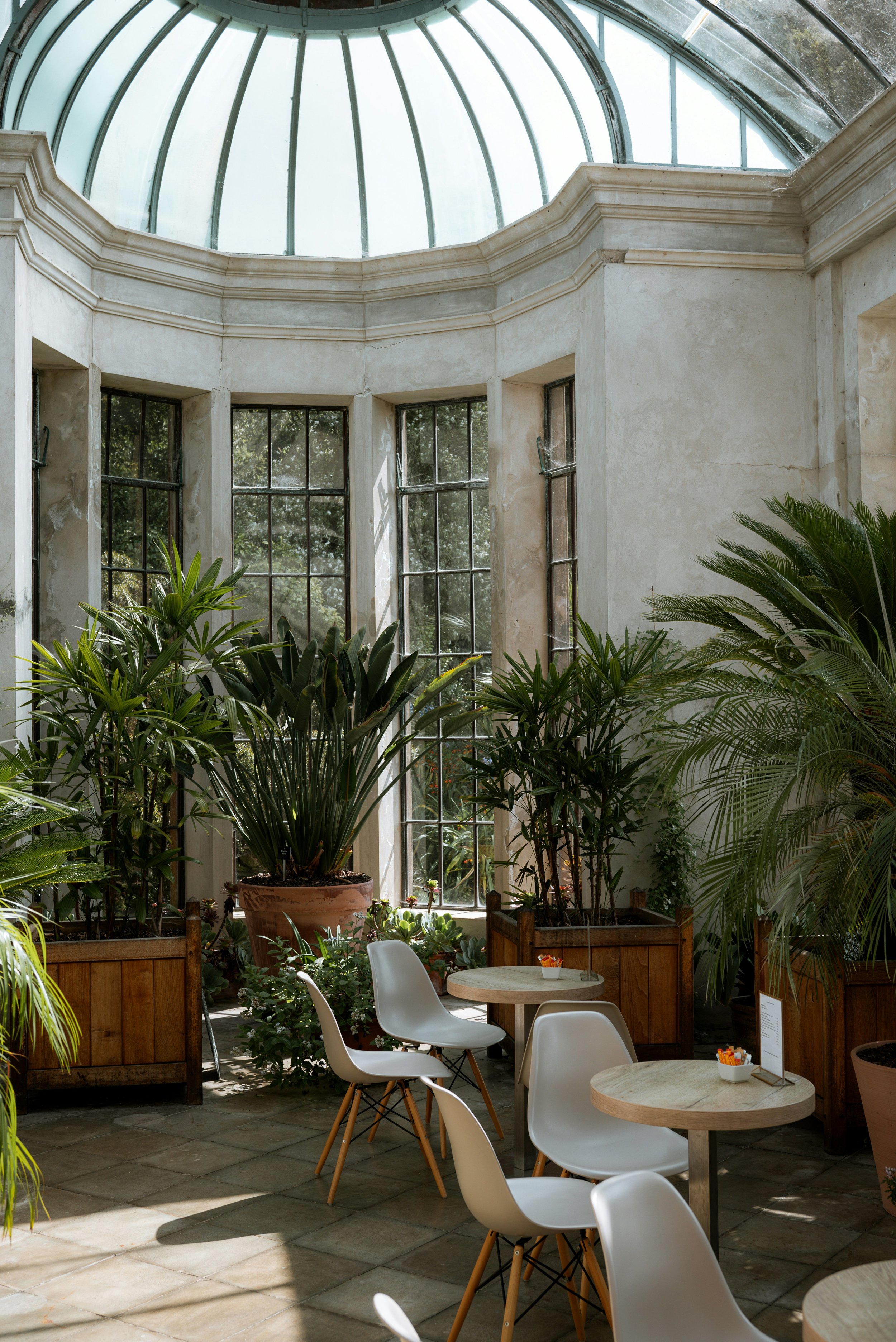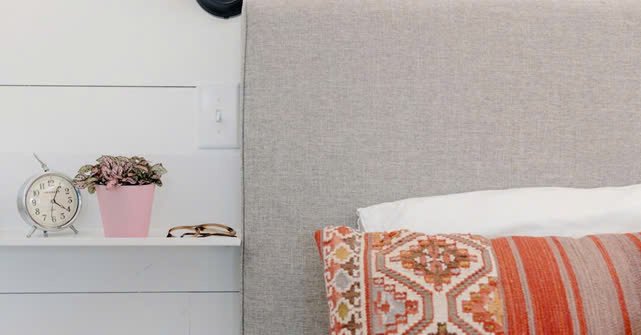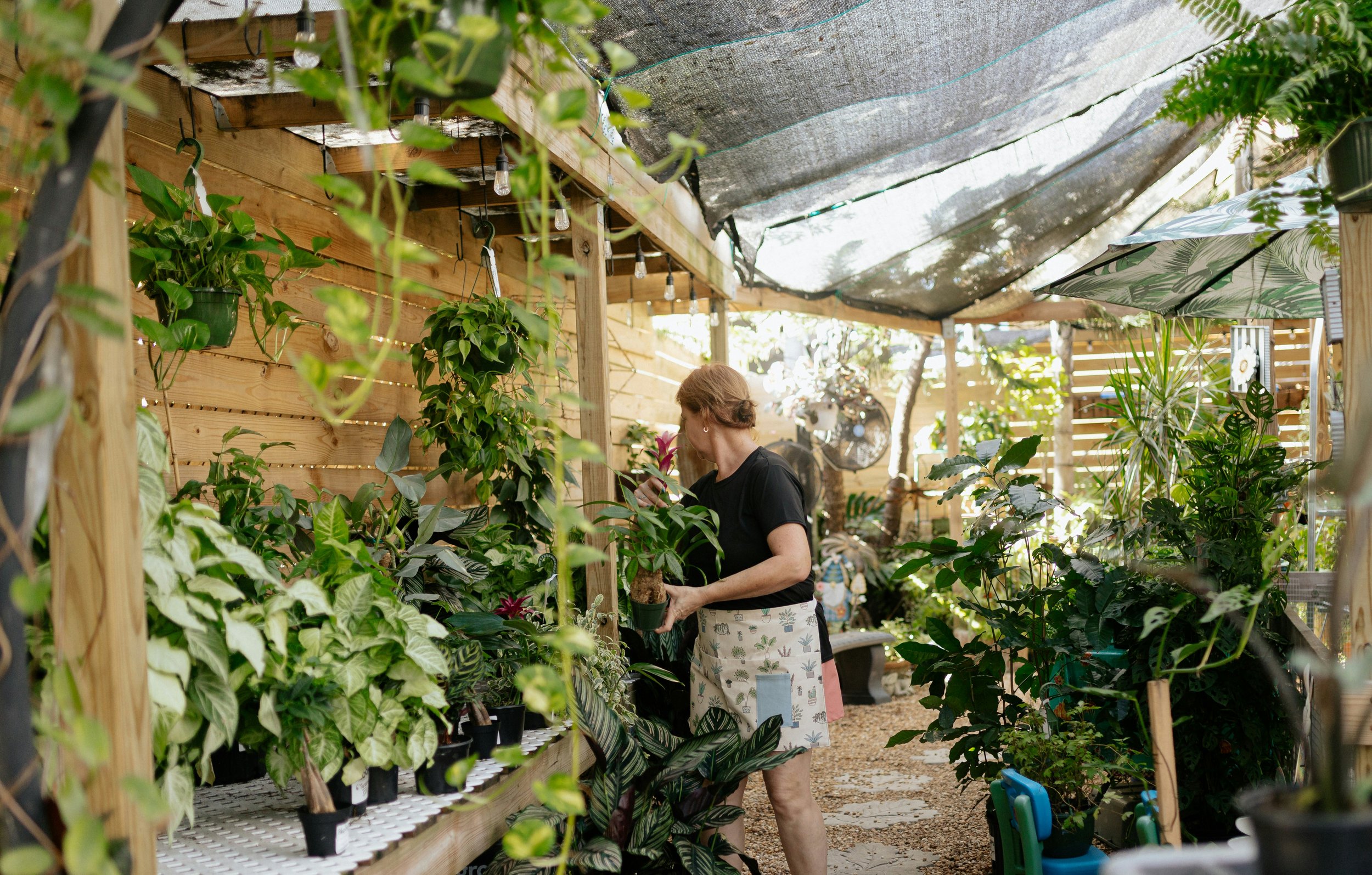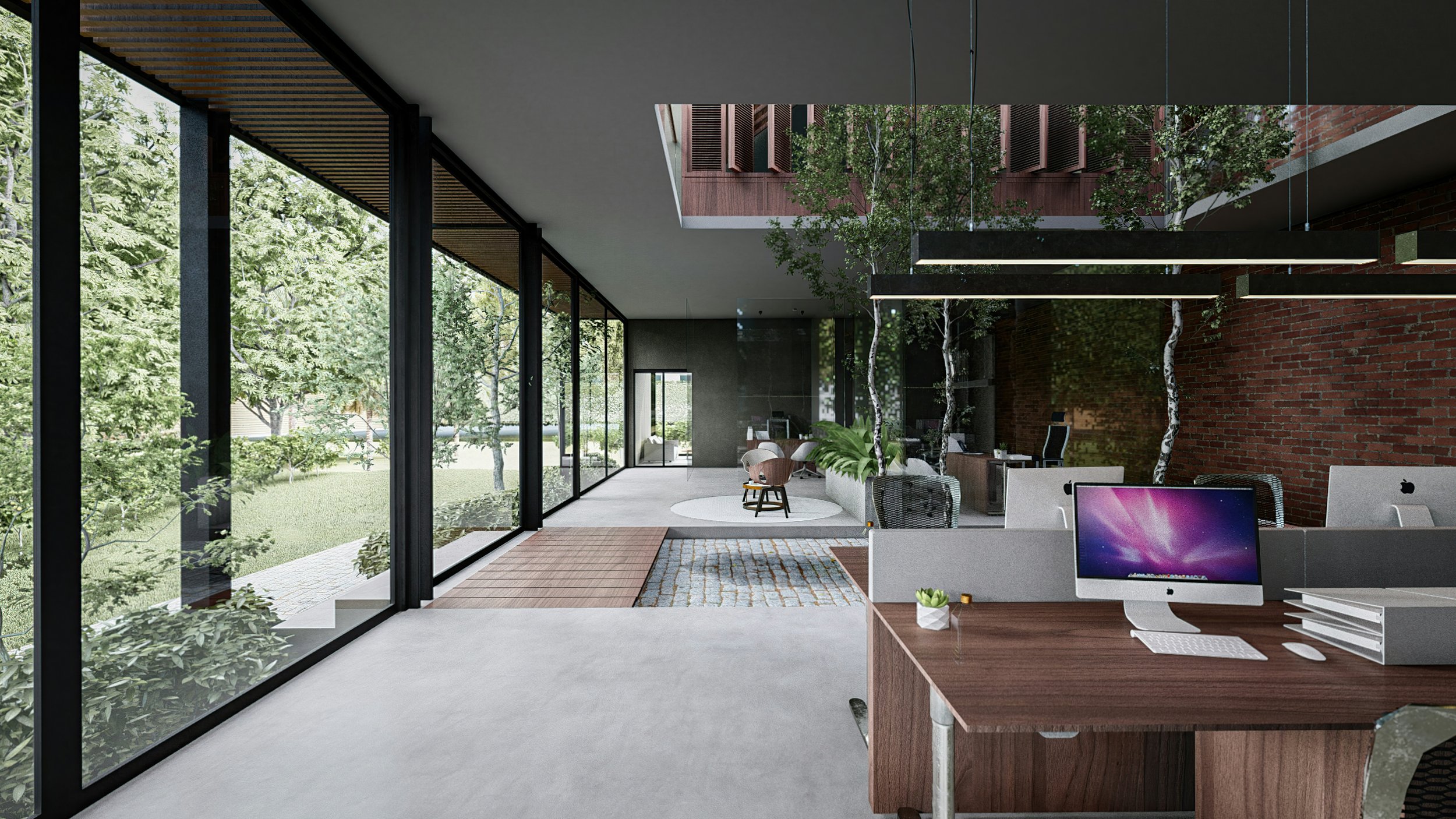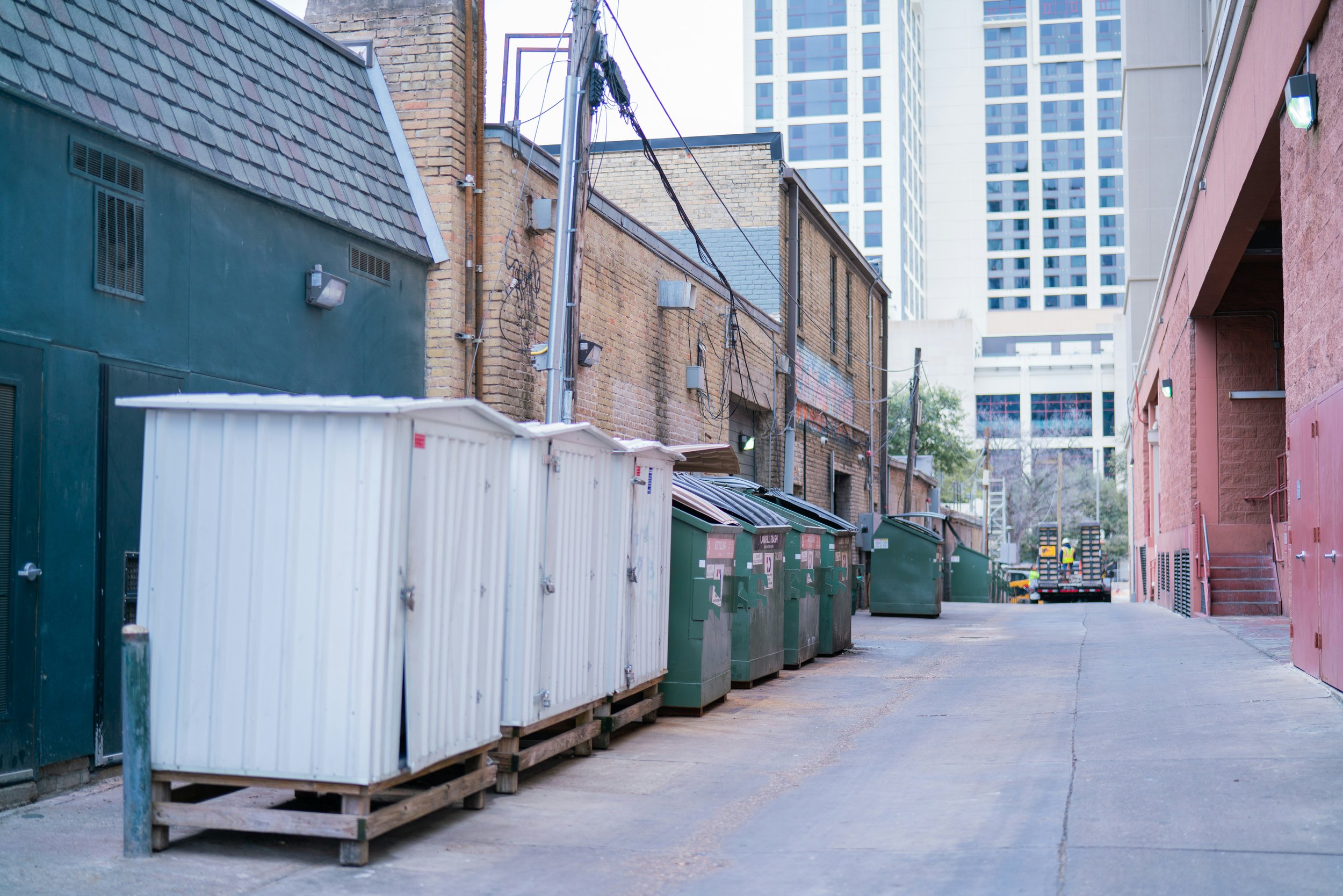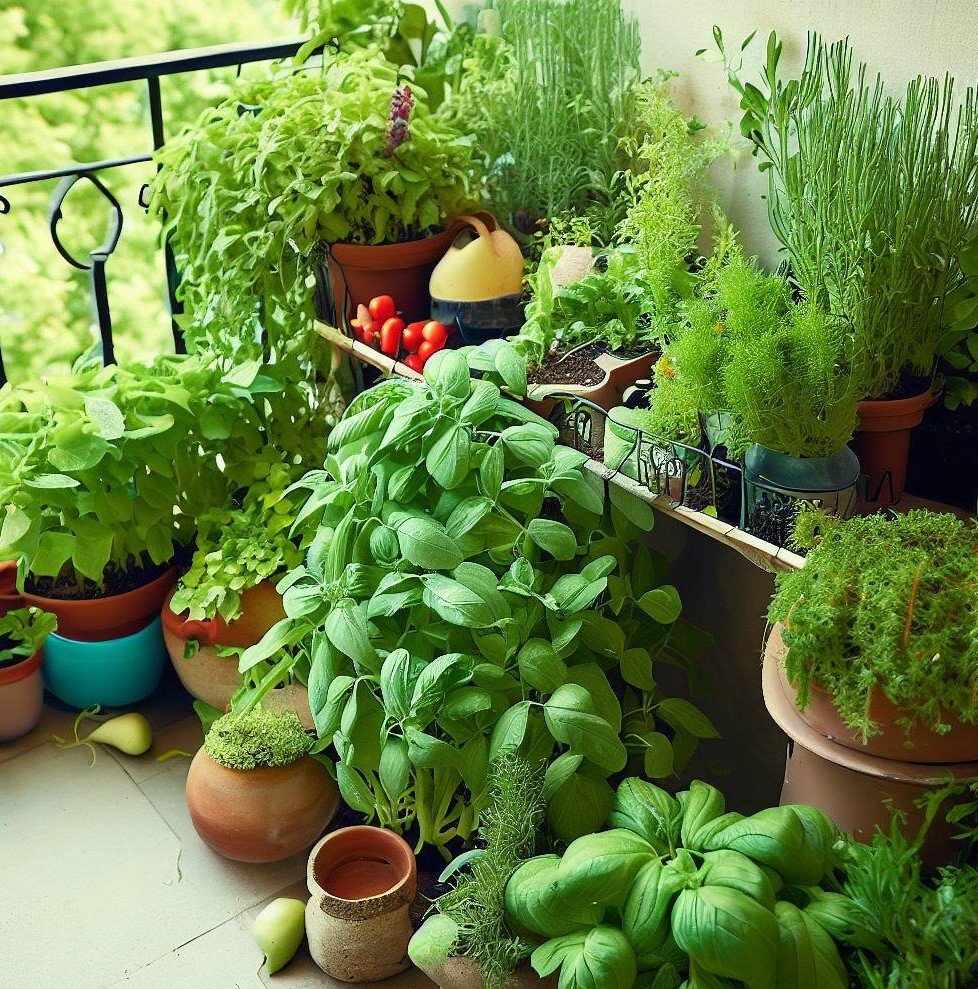Best Home Décor Ideas for a Sustainable House
Explore the best home décor ideas to create a sustainable house, blending eco-friendly designs with style and functionality.
Creating a sustainable home goes beyond being eco-conscious; it’s about designing a smarter, healthier, and more welcoming space. Small changes, such as swapping out energy-intensive appliances for efficient models or choosing sustainable materials like bamboo or reclaimed wood, can make a big difference. Incorporate energy-saving LED lighting and install water-efficient fixtures to reduce utility costs and environmental impact. Greenery can enhance indoor air quality while adding a fresh, natural touch. Reuse and repurpose items where possible, such as turning old furniture into unique statement pieces. Whether you’re doing a complete renovation or making simple adjustments, these sustainable ideas not only minimize your ecological footprint but also create a space that is stylish, practical, and enjoyable for years to come.
1. Go Green with Rare Houseplants
Houseplants are a great way to breathe life into your home while keeping the air fresh. Caleb Young from Rare Indoor Plants says, “Rare houseplants like Monstera Albo or Philodendron Pink Princess aren’t just stunning to look at—they’re long-lasting additions to your home that bring a unique vibe and require less frequent repotting.” So, if you’re after a touch of nature that stands out, rare plants are the way to go.
2. Choose Eco-Friendly Paints
Giving your walls a refresh? Paul Davis from Davis Painters recommends, “Low-VOC or zero-VOC paints are a no-brainer—they’re safer for your health and the environment, and they deliver a high-quality finish that lasts.” If you’re not sure where to start, a professional painter can guide you through the best sustainable options and ensure any leftover paint is responsibly handled.
3. Repurpose Old Furniture
Upcycling or restoring pre-loved furniture is a budget-friendly and eco-conscious way to refresh your home’s decor while reducing waste. Instead of purchasing brand-new pieces, give thrifted or inherited furniture a second life with simple updates. A quick sanding can remove imperfections, and a fresh coat of paint or stain can completely transform a worn table, chair, or dresser to match your style. For added creativity, consider swapping out hardware or incorporating stencils and patterns for a unique touch. Not only does upcycling save money, but it also gives your home a personalized, one-of-a-kind look that reflects your personality. Plus, it’s a great way to reduce your environmental impact by keeping furniture out of landfills.
4. Pick Sustainable Fabrics
When selecting textiles for your home, opt for natural, sustainable materials such as organic cotton, hemp, or linen. These eco-friendly fabrics not only reduce environmental impact but also bring a luxurious look and feel to your space. Organic cotton offers softness and breathability, hemp is durable and resistant to wear, and linen provides a timeless, elegant aesthetic. To ensure the materials meet high environmental and ethical standards, look for certifications like GOTS (Global Organic Textile Standard). These certifications guarantee that the fabrics are free from harmful chemicals and produced under fair labor conditions. By choosing sustainable textiles for curtains, cushions, or bedding, you can create a stylish and comfortable home while supporting eco-conscious practices.
5. Maximize Natural Light
Natural light is an irreplaceable element in creating a warm and inviting home. To maximize sunlight, consider using sheer curtains that allow light to filter through while maintaining privacy. Strategically placed mirrors can also amplify natural light by reflecting it throughout the room, making spaces appear brighter and more spacious. This not only enhances the ambiance of your home but also reduces your dependence on artificial lighting during the day, leading to energy savings and a lower carbon footprint. Whether you’re brightening up a living room, bedroom, or kitchen, leveraging natural light is a simple and cost-effective way to improve your space while supporting a more sustainable lifestyle.
6. Switch to Energy-Efficient Lighting
For rooms with limited natural light or evenings when artificial lighting is essential, LED bulbs are a smart and sustainable choice. These energy-efficient lights consume significantly less power compared to traditional incandescent bulbs, helping you reduce electricity bills without sacrificing brightness. Additionally, LEDs have a much longer lifespan, meaning fewer replacements over time and less waste. Available in various color temperatures and styles, LED bulbs can complement any room’s decor while offering consistent, reliable illumination. Whether you’re lighting up a cozy reading nook or a bustling kitchen, LEDs are a cost-effective, eco-friendly solution that provides excellent lighting performance while supporting a greener, more sustainable home.
7. Feature Reclaimed Wood
Reclaimed wood offers a unique way to infuse your home with character and sustainability. Each piece tells a story, whether repurposed as a rustic shelf, a one-of-a-kind coffee table, or even a stunning feature wall. Unlike mass-produced furniture, reclaimed wood carries a distinct charm with its natural imperfections, weathered textures, and rich history. Choosing reclaimed wood not only avoids contributing to deforestation but also helps reduce waste by giving old materials a new life. Its versatility allows you to create personalized, stylish spaces that stand out. Whether your aesthetic leans toward modern minimalism or cozy farmhouse vibes, reclaimed wood adds warmth and individuality, making it a thoughtful and timeless addition to any home.
8. Design Multi-Purpose Spaces
Maximizing your home’s functionality starts with creating multi-purpose spaces that cater to different needs. For example, a guest room can double as a home office with the addition of a foldable desk or a Murphy bed, providing flexibility without compromising style. Similarly, a living room can house a cozy reading nook by adding a comfortable chair, a small table, and good lighting in an unused corner. Designing rooms with dual purposes not only reduces the need for extra resources and furniture but also helps minimize clutter and create a more streamlined environment. By thoughtfully combining functions, you’ll make the most of your space while ensuring your home remains practical, inviting, and adaptable to your lifestyle.
Make It Yours
Sustainability isn’t about big, expensive changes—it’s about making smart, thoughtful decisions that suit your lifestyle. Whether it’s adding a few rare plants, switching to eco-friendly paints, or repurposing furniture, these ideas make it easy to create a home that feels good to live in and is better for the planet.
